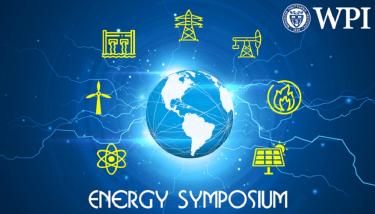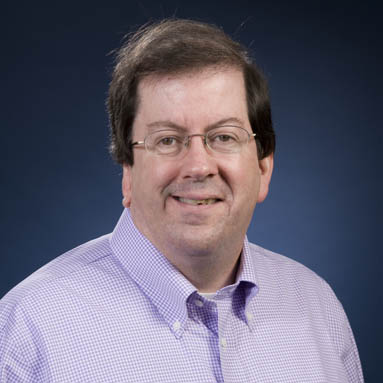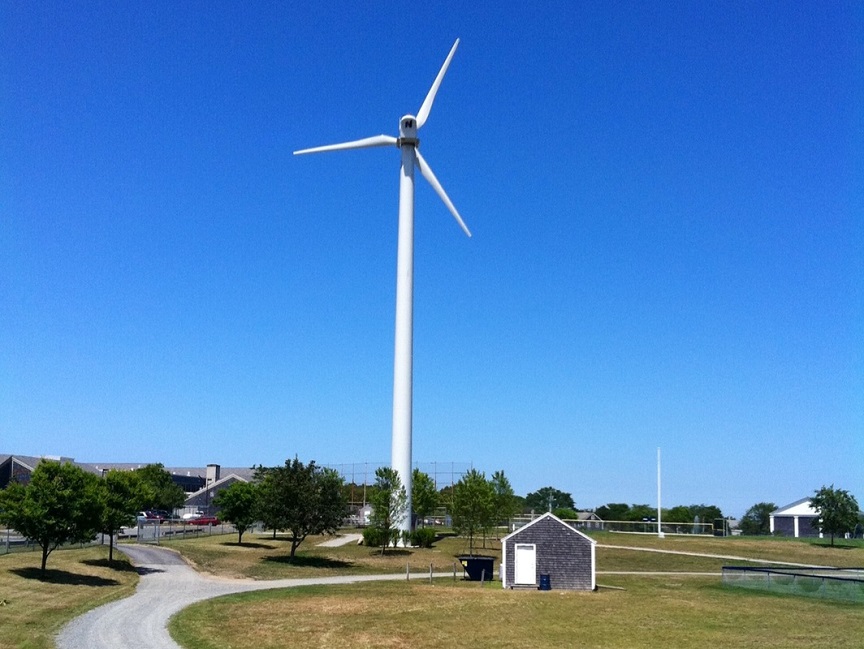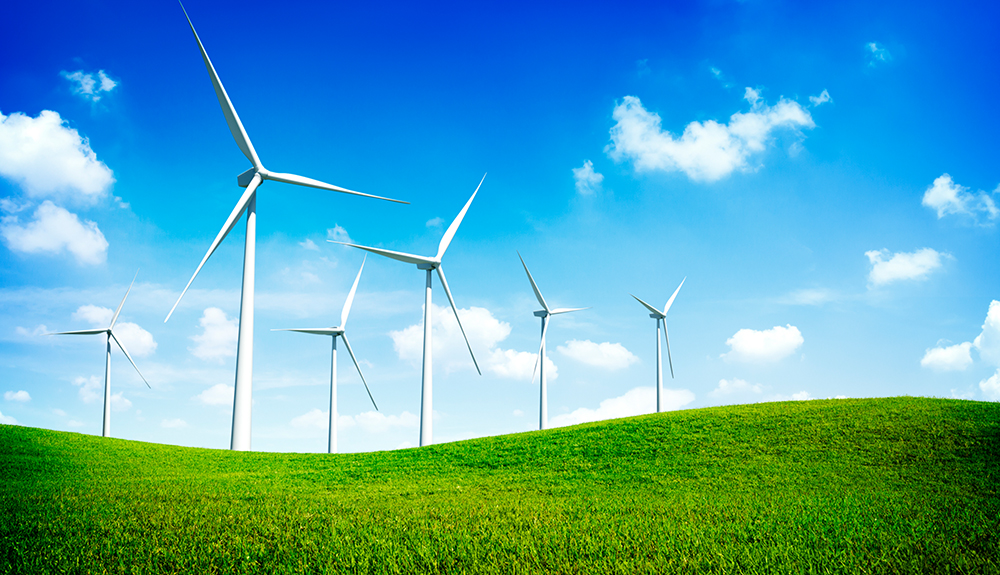WPI will hold its Seventh Annual Energy Symposium on Thursday, where the keynote speaker, George Baker, will discuss dangers to the electrical grid posed by electromagnetic pulses. Attendees can learn of ongoing work on microgrids here in Worcester and other communities, and students can network over lunch with industry leaders.
Michael Ahern, a director of corporate and professional education at WPI, wants all students to know they are welcome at the Energy Symposium and they don’t have to clear an entire day to attend.
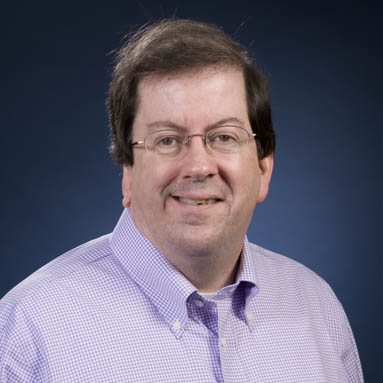
Michael Ahern
Undergraduate and graduate students may come to hear one speaker or all if they want, says Ahern, who is eager to talk about the benefits for both industry leaders and WPI students of attending the symposium, “Engineering Impacts from Energy Policy.”
The symposium will be held Sept. 28 from 9 a.m. to 4:30 p.m. in the Rubin Campus Center Odeum.
Ahern says the symposium gives students an opportunity to connect with other WPI students who are considering a career in the energy industry and a chance to meet some of the most influential individuals in the industry.
Attendees will also learn more about current technical and policy concerns and opportunities, he says, and learn how their colleagues are dealing with energy challenges throughout the country.
“The symposiums are held to expose students to the industry and get them to think about it as a possible career path,” Ahern explains. “This is our seventh symposium, and the first six have worked beautifully.”
Since then, WPI has led other universities across the country in reintroducing undergraduate courses in power systems, he says, bringing about a dramatic increase in the number of WPI students going into the field.
“We’re helping meet the power industry’s hiring needs and providing careers for students,” Ahern says. “We don’t want coal power plants anymore. It is a huge engineering challenge to provide power from all sustainable sources, and there are a lot of opportunities for engineers.
“We’re seeing with the hurricanes right now that people are concerned about resilience. Efforts of all the large companies have been toward more resilient systems. I spent 30 years in the industry and loved it. It is worthwhile to people. You only need to have a power outage to see how important it is to people and see a very clear societal need.”
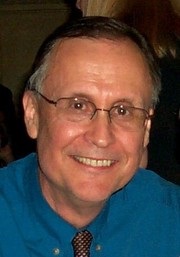
Keynote speaker George
Baker.
This year’s keynote speaker, George Baker, is professor emeritus at James Madison University, CEO of Baycor, a member of the board of directors for the Foundation for Resilient Societies, and a member of the Congressional EMP Commission.
His talk, "EMP Knots Untied," is a fascinating look at the danger posed by electromagnetic pulses, or EMPs.
“We don’t talk about it a lot,” says Ahern, who recently spoke on the topic of EMPs with Baker at a conference in Cleveland. “In talking to the Energy Strategy Board, they wanted to know more about electromagnetic pulses. The country is worried about North Korea launching a nuclear missile, and instead of having it land in a city, they could explode it way up in the upper atmosphere. People will still die underneath it, but the concept is that nuclear explosions generate changes in the magnetic fields of the earth. While the blast will last only a few seconds, the magnetic field will be very different than the fields everywhere else.”
That change, he says, would impact anything that could act as an antenna, including all overhead wires. The blast could permanently damage equipment, he points out.
“It couldn’t be used,” Ahern explains, regarding equipment damaged by an EMP. “It would not just briefly damage the equipment. It would be dead and we’d have to replace it before the power could come back on. Some authors say that eight to 10 major bursts could knock out the entire U.S.”
How does he know that?
“The U.S. thought about this in the 1960s and experimented with it,” he says. “We did it and Russia did it, and it works.”
In the 1800s, there was also what is known as the Carrington Event, he says, when a coronal mass ejection from the sun resulted in a powerful geomagnetic solar storm hitting the Earth's magnetosphere and causing one of the largest geomagnetic storms on record.
“In those days you didn’t have long distance communications,” Ahern says. “When it happened, telegraph machines picked up enough current to operate themselves. It is not just a theoretical concern. It happened and will happen again.”
Power companies have taken steps to safeguard systems, such as discontinuing the installation of large bolted connections inside large transformers in the 1940s. The old connections could heat up from geomagnetic discharge if they were near the wires in transformers, he explains.
“But, utilities use everything, forever,” he adds.
“People don’t really understand how complex it is and that it is a marvel of engineering that the lights turn on every time you flip the switch.” -Michael Ahern
Utilities implement risk reductions measures on a regular basis, Ahern says, and make improvements for every other major risk.
“But, for EMPs, they are doing nothing,” he warns. “They don’t know what to design against. The government is not forthcoming in what they need to design against, and haven’t shared the details of tests conducted in the 1960s. It is defense information and they don’t want the world to know. If the government shared details and made it a rule and gave the industry three years to do it, they’d do it.”
Baker, who serves on the Congressional EMP Commission, wants to share as much information during his presentation as he can, Ahern says.
“People are surprised to learn it is real and could happen right now,” Ahern says. “At least in our country, we’re not working on better defending ourselves on designing the grid. It takes hits every day from lighting and nothing happens because there are lightning arresters. It is designed for lighting strikes. We could have a similar setup designed for EMPs, but we have to know what we’re designing against.”
Several panel discussions are also planned for the symposium.
Joseph Bush (WPI ’04), executive director of Worcester CleanTech Incubator, is the moderator for a presentation from Clark University Professor Chuck Agosta about the “Nano-Grid Experience.”
“Worcester is at the forefront of electrical grid technology,” Bush says. “E4 the Future is working on a community-owned microgrid right here in Worcester.”
The goal of another panel discussion is to compare and contrast a National Grid-driven microgrid project in Potsdam, N.Y., Bush says, where it is installing a microgrid with Clarkson University, General Electric, and Nova Energy Specialists. Worcester can use the Potsdam, N.Y., project as a case study, he said.
Bush says students attending the symposium can participate in a networking lunch and sit with industry leaders, possibly paving the way to internships and jobs.
“The pay is good (in the power industry), the security is good, and you can make a difference in society,” he says. “This conference brings together a lot of people in the industry. It is a very technically robust, high-level conference with big players in the energy industry and a great way for people to get exposure to top minds and companies that really keep the lights on in the region. People don’t really understand how complex it is and that it is a marvel of engineering that the lights turn on every time you flip the switch.”
Visit the website for more information on the symposium, including a list of speakers and registration information.
- By Paula Owen
